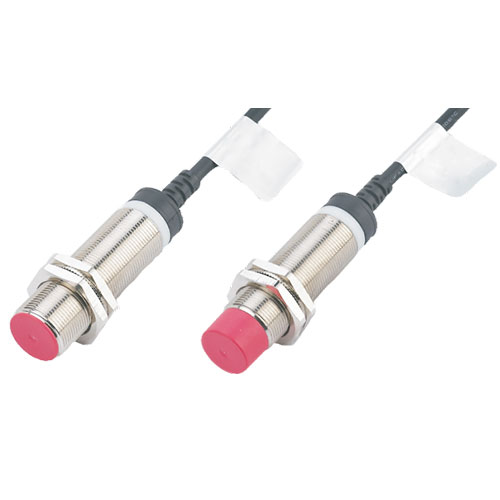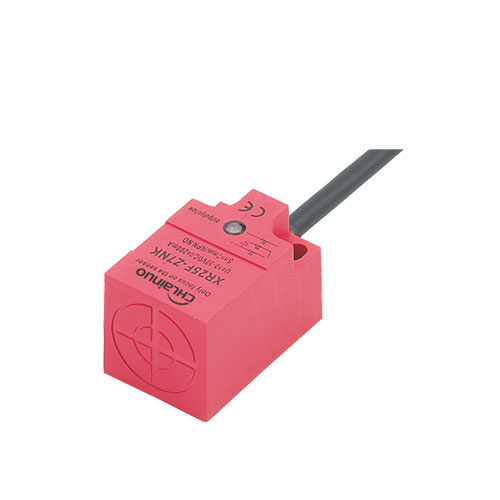Because displacement sensors can be made according to different principles and different methods, and different displacement sensors have different methods of "sensing" objects, there are several common types of proximity switches as follows.
Passive Proximity Switches
This type of switch does not require a power source, but is controlled by magnetic induction to close the switch. When the magnetic or ferrous trigger is close to the magnetic field of the switch, and the internal magnetic force of the switch controls the closure. Features: No power supply required, non-contact, maintenance-free, environmental protection.
Eddy Current Proximity Switches
This type of switch is sometimes called an inductive proximity switch. It uses an electrically conductive object to generate eddy currents inside the object as it approaches the switch, which generates an electromagnetic field proximity. This eddy current reacts to the proximity switch, causing the internal circuit parameters of the switch to change, thereby identifying the presence or absence of a conductive object approaching, and thus controlling the switch on or off. The object detected by this proximity switch must be a conductive body.
1. Principle: The oscillator is composed of an inductive coil, capacitor and transistor, and generates an alternating magnetic field. When a metal object approaches this magnetic field, eddy currents are generated within the metal object, which causes the oscillation to stop, and this change is converted into a transistor switch signal output after being amplified by the rear pole.
2. Features: A. Good anti-interference performance, high switching frequency, greater than 200 Hz B. Can only sense metal.
3. Application in various mechanical equipment to do position detection, counting signal pickup, etc.
Capacitive proximity switch
The measurement of this type of switch usually constitutes one pole plate of a capacitor, while the other pole plate is the housing of the switch. This housing is usually grounded or connected to the housing of the device during the measurement. When an object moves towards the proximity switch, regardless of whether it is a conductor or not, its proximity always causes a change in the dielectric constant of the capacitor and thus a change in the capacitance, which causes a change in the state of the circuit connected to the measuring head, thereby controlling the switch to turn on or off. This type of proximity switch detects objects that are not limited to conductors, but can be insulated liquids or powders, etc.
Hall Proximity Switches
Hall element is a magnetic sensing element. A switch made with Hall elements is called a Hall switch. When a magnetic object moves closer to the Hall switch, the Hall element on the detection surface of the switch changes the state of the switch's internal circuit due to the Hall effect, thus identifying the presence of a magnetic object nearby and controlling the switch's on or off. The detection object of this type of proximity switch must be a magnetic object.
Photoelectric Proximity Switches
The switch made by using photoelectric effect is called photoelectric switch. The light-emitting device and the photoelectric device are installed in the same detection head in a certain direction. When there is a reflective surface (object to be detected) close, the photoelectric device will receive the reflected light in the signal output, so that it can "sense" the object close.
Other types
When the distance of the observer or system to the wave source changes, the frequency of the approaching wave will be shifted, a phenomenon known as the Doppler effect. Sonar and radar are made using the principle of this effect. The Doppler effect can be used to make ultrasonic proximity switches, microwave proximity switches, etc. When an object moves closer, the reflected signal received by the proximity switch will produce a Doppler shift, which can identify whether there is an object approaching.













